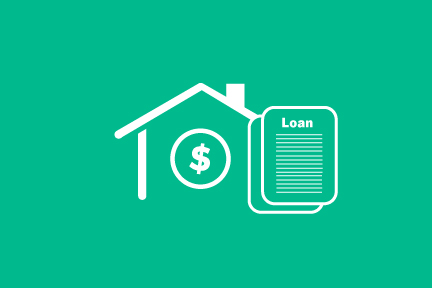Mortgage Lending Liability: What to do if You’re the Victim of Predatory Lending

Predatory Lending
Predatory lending is a term typically used to describe unfair, deceptive, or fraudulent lending practices, which imposes unlawful and abusive loan terms on borrowers. Predatory lending usually benefits the lender and ignores or hinders the borrower’s ability to repay the debt. In most instances, predatory lenders target minorities, the poor, the elderly, the less educated, those who may be tight on cash, and those who have poor credit. These lenders prey on those who they think will lack knowledge regarding loans and financing, and take advantage of those who would not otherwise qualify for a conventional loan.Some common examples of predatory loans are negative amortization loans, adjustable rate mortgages, high interest mortgages, and balloon payment loans. Other predatory tactics include charging excessive and/or hidden fees in the amount financed, loan flipping, refinancing of subsidized mortgages that results in the loss of loan terms beneficial to the borrower, marketing inappropriate or excessively expensive products to targeted borrowers, and inadequate disclosure of costs and risks.
Lender Liability Laws
Lender liability is an area of law that seeks to protect consumers or borrowers from the unfair practices of predatory lenders outlined above. In short, lender liability law require that lenders treat their borrowers fairly, and when lenders run afoul of that obligation, they can be subject to variety of legal claims. Additionally, lender liability claims arise when the lender breaches its promise to either extend financing or to continue financing in accordance with the terms of the loan documentation. If lenders engage in predatory lending or fail to follow lender liability laws, the borrower may have the right to file a claim against the lender.Your Rights
If you become the victim of predatory lending or breach of lender liability laws, you have certain rights as a borrower. If the lender breaches the loan documents, then you likely have a claim for breach of contract against the lender, and can recover damages stemming from the breach. Additionally, under the Truth in Lending Act (TILA), a borrower has the right of rescission—meaning to turn down a loan after signing the paperwork. The right of rescission lasts three days on most loans. Lenders are required to adhere to the disclosure requirements outlined in the TILA, such as the Notice of Rescission, which informs the borrower of their right to rescind the loan within three days. If the lender did not provide you with a Notice of Rescission, or the notice contained any errors, it is not legally binding, in which case the borrower has three years to rescind the loan agreement and collect damages in court.If your mortgage documents clearly show that your lender violated any provisions of the TILA, you may be able to sue your lender. If successful, you may be able to collect up to double the finance charges that were levied against you, as well as collect monetary damages. Another option is refinancing the predatory loan with a new lender to get a new loan agreement with more favorable terms.
If you believe you have been the victim of predatory lending or unfair lending practices, find an experienced lawyer to evaluate the lender’s practices by quickly posting a short summary of your legal needs on Legal Services Link, and let the perfect lawyer come to you!
Additional Resources For Homeowners
Do You Need An Attorney?
If so, post a short summary of your legal needs to our site and let attorneys submit applications to fulfill those needs. No time wasted, no hassle, no confusion, no cost.

